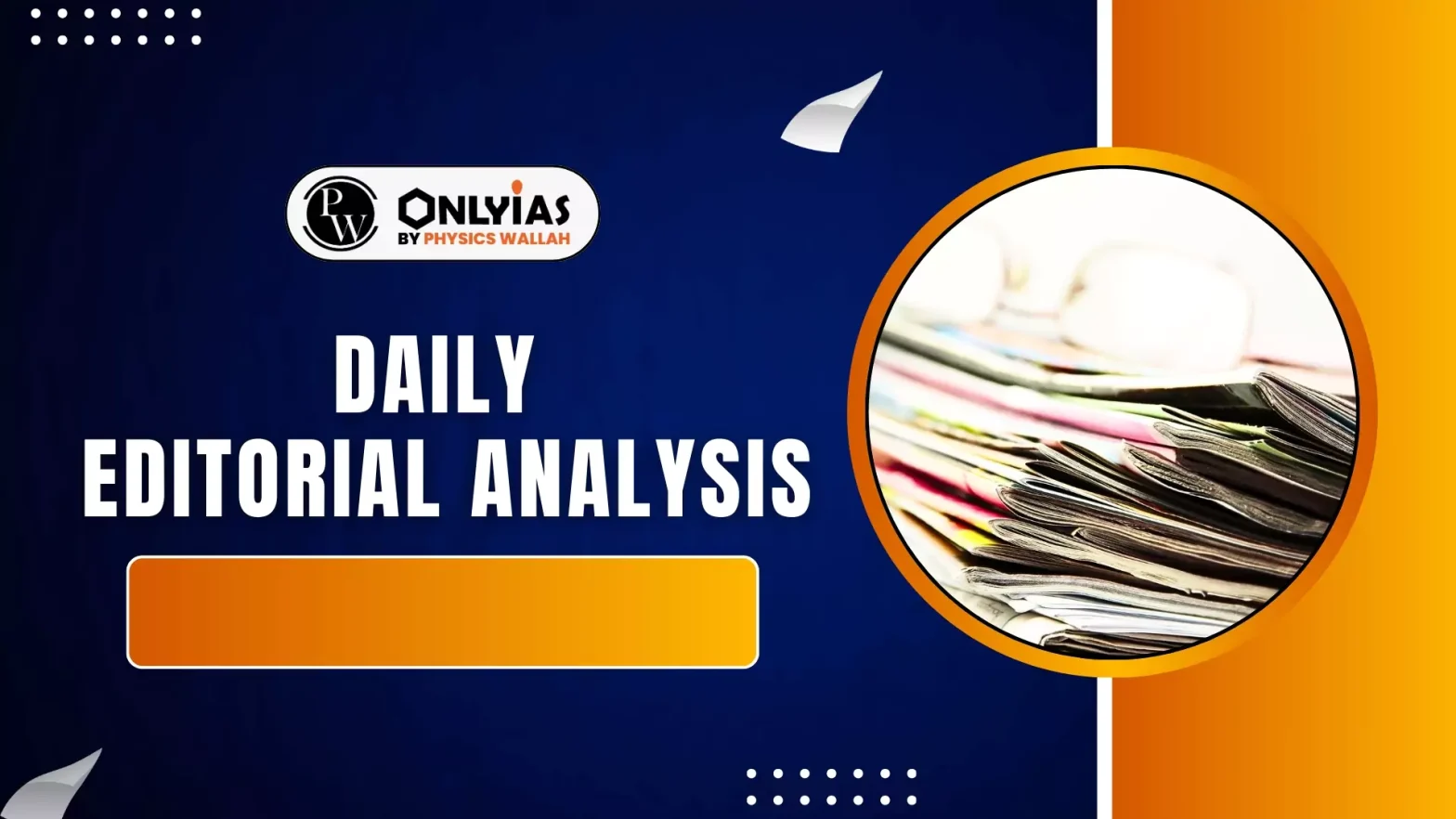Recently, the Reserve Bank of India (RBI) issued a policy framework detailing its procedure for publishing regulations, directions, guidelines, and notifications.
Role of Regulators in India’s Economy
- Economic Umpires: Regulators function as “umpires in economic fields,” ensuring fair play and adherence to rules.
- RBI (Reserve Bank of India) acts as the “bank referee,” overseeing the banking sector. SEBI (Securities and Exchange Board of India) regulates markets, primarily the securities market.
- Statutory Basis: Both RBI and SEBI are created under Acts of Parliament, making them statutory bodies. They derive their rule-making power directly from Parliament.
- Delegated Legislation: This conferral of rule-making authority by Parliament to these bodies is known as ‘Delegated Legislation’.
Quasi-Legislative Powers and the Rule of Law
- Quasi Legislative: Quasi” means “almost,” and “Legislative” means “law-making.” This term describes bodies that, while not Parliament, act similarly by making rules.
- Framework: Regulators exercise this power by making day-to-day rules within a broader legal framework established by Parliament.
- Potential for Misuse: Such significant power can be misused if not subject to proper checks.
- Upholding the Rule of Law: The principle of the ‘Rule of Law’ ensures that all exercise of power, including rule-making, follows established procedures and legal frameworks, thereby preventing arbitrary actions and promoting accountability.
- Welcome Start: The recently published frameworks, outlining procedures for law-making by RBI and SEBI, are seen as a welcome start.
Key Features of the New Regulatory Processes
- Impact Analyses (RBI): When proposing new regulations or amendments, the RBI will now conduct “impact analyses.”
- Objectives (SEBI): SEBI, for its part, will state the “regulatory intent and objectives” of its proposals.
- Public Comments: Both regulators will now invite public comments for 21 days.
- Periodic Review: A significant reform is that they will also periodically review their own regulations.
Two Key Additions Proposed
- Clear Economic Rationale: Regulators should clearly identify the economic rationale for their interventions.
- Accountability Mechanisms: They should institute mechanisms to ensure accountability for periodic reviews and responses to public comments.
Understanding Market Failure
- Core Concept: Market failure occurs “When markets can’t self-regulate efficiently.” Examples: Common instances include:
- Information Asymmetry: Where one party in a transaction has more or better information than the other (e.g., in financial markets).
- Monopoly: A single entity controls the market, leading to lack of competition and potentially higher prices or lower quality.
- Pollution: Negative externalities where production or consumption imposes costs on third parties not involved in the transaction.
Solution to Market Failure
- Targeted Intervention: Regulations are designed to fix specific, diagnosed issues arising from market failures.
- Example: SEBI’s Insider Trading Rule: SEBI’s rule against insider trading directly addresses information asymmetry in the stock market, ensuring fair play.
- FSLRC Emphasis (2013): The Financial Sector Legislative Reforms Commission (FSLRC) emphasized that “laws must be defined in terms of their economic purpose.”
International Best Practices
- United States: Executive memoranda mandate regulators to undertake cost-benefit analysis, ensure “least burden on society,” maximize benefits, and assess alternatives to direct regulation.
- European Union: The Better Regulation Framework requires impact assessments to identify the problem, potential solutions and their impact, and mechanisms for monitoring and evaluation.
Challenge in Regulatory Reforms
- Limited State Capacity: A significant hurdle to effective regulatory reform is “Limited State Capacity,” primarily stemming from a lack of expert staff.
- Lack of Expertise: Implementing crucial regulatory practices, such as cost-benefit analyses, specifically requires professionals like economists and data scientists.
- Most regulators currently lack such internal capacity to conduct these complex analyses effectively
- Poor Track Record Pre-2025: The history of public consultation by regulators was poor prior to 2025.
- Limited RBI Consultation: The Reserve Bank of India (RBI) sought public comments on only 2.4% of its circulars.
- SEBI’s Insufficient Engagement: The Securities and Exchange Board of India (SEBI) engaged in public consultation for less than half of its regulations.
Way Forward
- Clarity: Regulatory drafts should clearly define the market failure that necessitates intervention.
- Explaining the Solution: The draft must explicitly state how the proposed rule addresses this identified market failure. This establishes a direct link between the problem and the solution.
- Analysis: Regulators should show cost-benefit data and societal impact of the proposed regulation.
- Establishing Framework: It is crucial to create a monitoring plan for all rules. This ensures that the effectiveness of the regulation can be assessed over time and adjustments can be made if necessary.
- Precedent for Good Practice: The International Financial Services Centres Authority (IFSCA) already uses such a model, serving as a successful example for other regulators to emulate.
- Annual Reporting: To enhance accountability and transparency, annual reporting on rule-making activities is suggested. This would provide a consistent overview of regulatory engagement with public feedback.
- Resource Allocation: Substantial resources are urgently needed to strengthen existing regulatory frameworks and enable the implementation of best practices.
- Imperative for Capacity Building: Consequently, capacity building is both urgent and essential for regulators to effectively carry out their enhanced responsibilities and ensure robust, data-driven regulation.
Conclusion
Moreover, piecemeal reforms by individual regulators may not be sufficient to ensure consistent adherence to good regulatory practice. Parliament could contemplate enactment of a law, similar to the Administrative Procedure Act in the United States, with standardised procedures for regulation-making.
![]() 10 Jun 2025
10 Jun 2025

